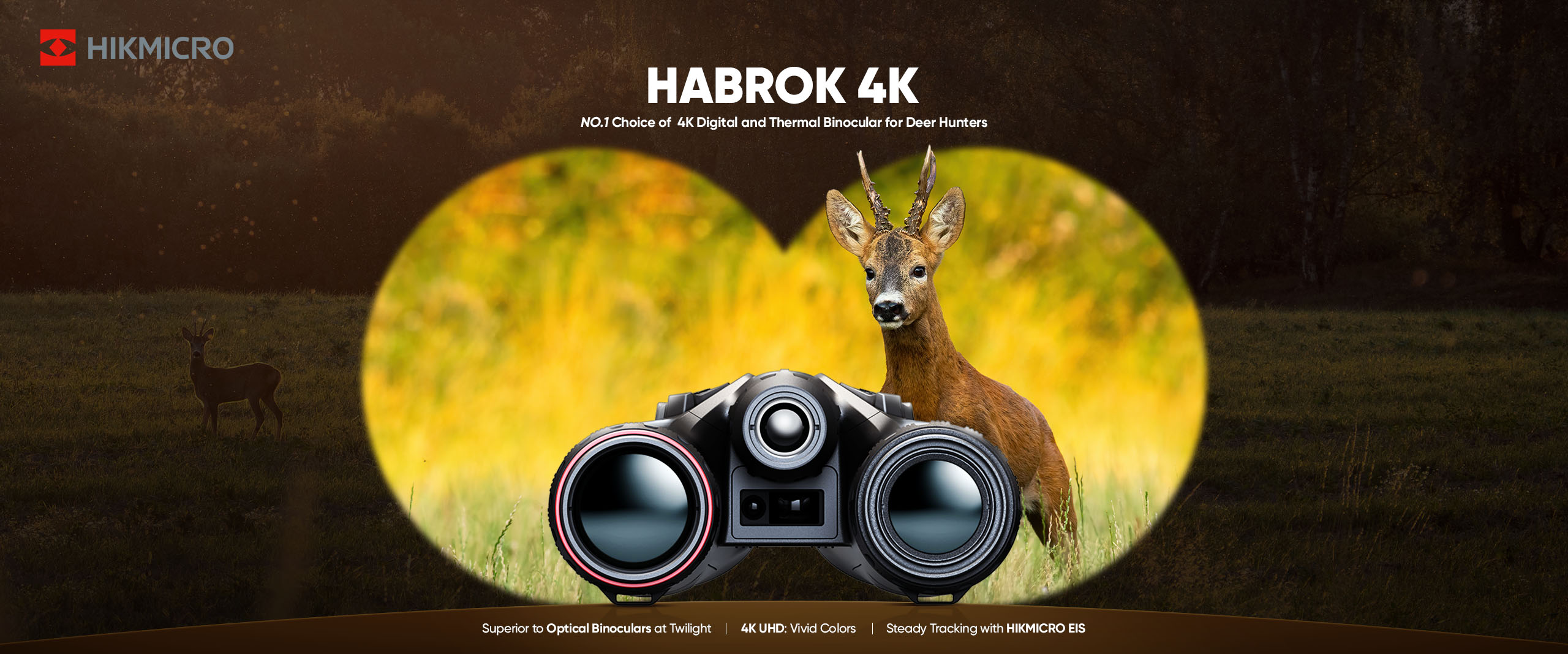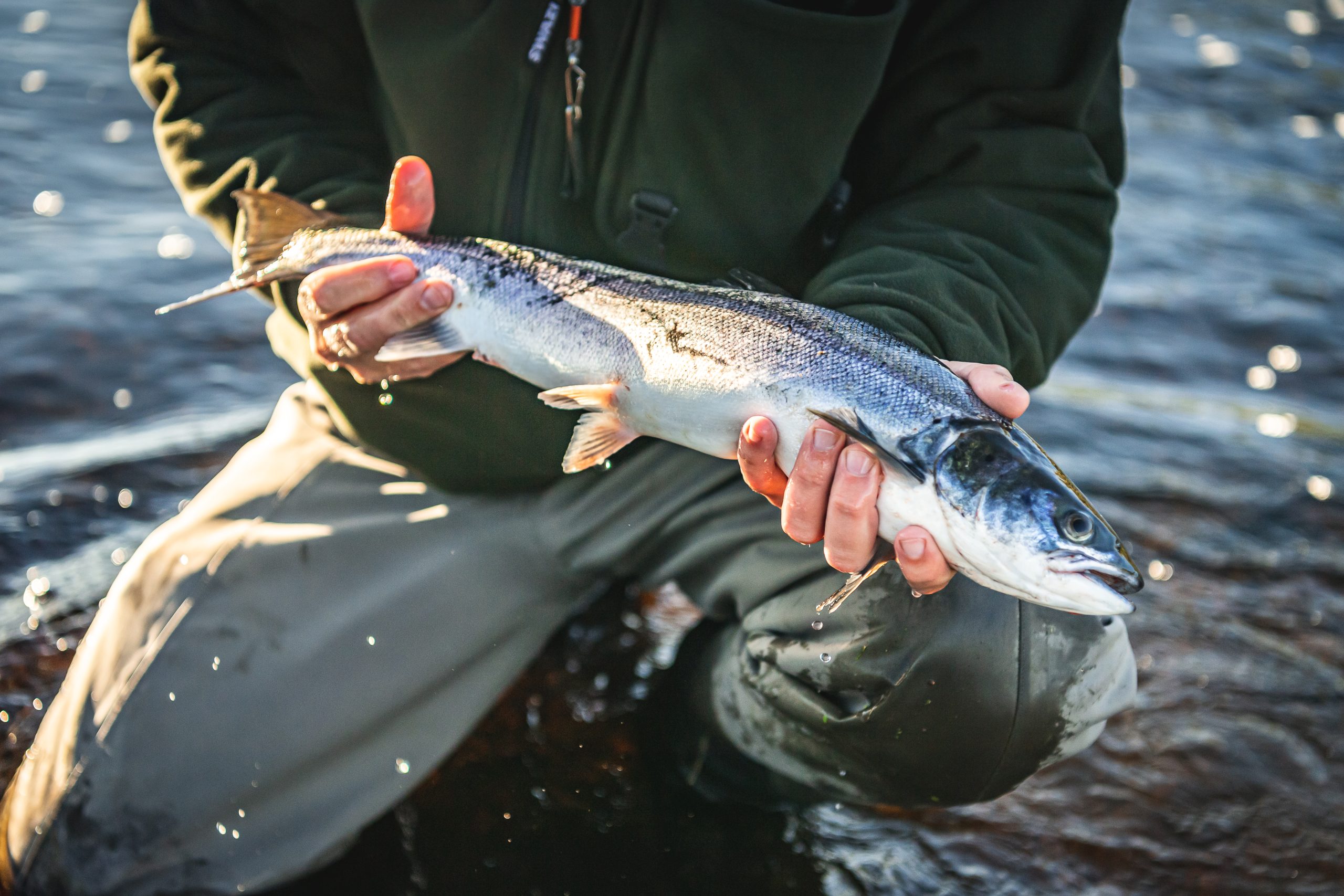Game shooting
Claughton Hall shoot
With pheasants, partridges, grouse, ducks, moorland, woodland, ponds and waterfalls – and exciting plans going forward – the Claughton Hall Shoot in Lancashire is about as diverse as it gets.
Would you like to appear on our site? We offer sponsored articles and advertising to put you in front of our readers. Find out more.
Dating back to Elizabethan times, Claughton Hall in Lancashire had originally adjoined Claughton Hall Farm. By the 1920s it was derelict and used as a farm store. Edmund Morse, managing director of Williamson’s Lino, bought it and remarkably had the Hall moved between 1931 and 1935, away from the noisy A683 and railway, to its present site. The move cost £26,000 (£1million in today’s money).
Claughton Hall originally started with 60 acres, but over the past 40 years it has grown to just short of 3,000. The shoot has been run, since 1992, with a syndicate in place offering a small number of let days. It was then taken over by its current owners Jonathan and Josie Smith in 2015.
Jonathan, an aeronautical engineer, also runs a farming enterprise, whilst Josie is a solicitor specialising in agricultural law. Together with their young son Charlie, they treasure their days out on the shoot as true family time. “We shoot on Saturdays and Tuesdays, on just under 3,000 acres of mixed moorland, farmland and woodland,” Jonathan told me on the steps of the beautiful Quernmore Hall where Guns meet for bacon sandwiches and coffee.
“There are currently 12 drives on the estate, the Guns’ favourites being Roundhill, Top Kirkby Ghyll and Brickworks. We are very fortunate that we have such great topography and a number of deep, wooded valleys that can show truly impressive pheasants and partridges.”
Indeed, even the four early partridge days hosted in September take advantage of exciting terrain, the Gun line typically standing in valleys on the edge of the 1,200 acres of moorland. “A key focus on these days is to minimise the number of grouse which are shot – which can be difficult given the speed at which the birds race over the eager Guns,” explained Jonathan. “We are working to increase the numbers of red grouse, through heather burning when the weather is good, trapping and shooting vermin on and around the fell, and also gritting (which is medicated at times). So far it’s been a real success.”
After introductions – safety and the order of the day discussed – a team of excited Guns travelled in a fleet of 4x4s to the first drive, Roundhill.
Set high up on the fell with dense woodland as a backdrop, the pegs on Roundhill were positioned on the lower tracks of an enormous lump of a hill that dominated the rugged Lancashire landscape. Within minutes, the first birds burst out from over the brow of the hill at wild tangents, presenting quite superb opportunities right across the line. John and Tom Wrobleski chose their birds magnificently and the longer the drive went on, the higher the birds came, with some truly awesome pheasants soaring across the charcoal winter sky. Gun David Lloyd could hardly contain himself at the mesmerising quality of the Claughton birds that came over, many of which were out of reach and simply saluted with doffed hats.
A magnificent first drive over, it was time for elevenses. Here, I spoke with Josie who gave me an insight into the shoot that she has grown up around. “Claughton Hall is a commercial enterprise with approximately 15 driven days a season, a small number of days kept back for family and friends, plus numerous field trials every year,” she explained. “We have also put on some walked-up days this season which people have really enjoyed – being less formal and a more affordable day in the field. Additionally, we also have some very good flight ponds. On the first flight of the season, a team of four had 288 shots for 35 ducks (a mix of mallard and teal) on one pond.
“We have a 70:30 split of pheasants and partridges on the estate and we don’t shoot snipe or woodcock on driven days as we feel there is enough game to shoot. This has been tradition for many years – the only exception is if a Gun has the chance of a left and right.”
Vessels drained and appetites sated, a short drive across the estate brought us to the second drive of the day, Rush Field. Set on the fringes of the grouse moor, the team lined out in a valley of gorse and rush that appeared to have been created from an earthquake in ancient times. The Guns had little time to choose their birds on this drive as they came phenomenally fast. The 30ft gorse-clad banks shortened the horizon. Fast barrels and snap shooting were required.
Lunch, as on all of the shoot’s let days, was taken at Claughton Hall where Guns and beaters both shared the same meal and the same company. Here, I caught up with current gamekeeper Ciaran Cullen who has worked on the estate for the past five years and was more than happy to tell me about the birds that they rear and buy in at Claughton.
“We have capacity on the rearing field for 35,000 birds,” Ciaran explained as he showed me around one of the duck ponds. “We hatch and rear all of our pheasants on site, from eggs which are bought in. This year we changed stock and put down Bazanty x Polish pheasants, instead of second-cross Japanese greens, as this was the only strain we could source as early as we wanted them. They are also a bigger bird and seem to hold better.”
In addition to pheasants, partridges, grouse and ducks, there is an abundance of other wildlife species found at Claughton – all part of the shoot’s beauty and attraction. “We have a vast array of wildlife on the estate, ranging from small birds such as the goldcrest, right up to the occasional snow goose that has stopped by,” Ciaran told me. “Brown hares are in abundance and we have roe deer and often see the prints of sika and occasionally spot one roaming around.
“Recently we have taken back in excess of 150 acres of farmland, on which we have planted native trees and shrubs. There have also been five ponds created over the past 20 years. I have lots of future plans to create new drives and enhance existing ones, building on woodland cover that not only holds birds well but is great for the non-quarry species, too.”
Top Kirkby Ghyll was the third drive of the day, set in the abyss of a steep-banked wooded valley. The drive began explosively – the continuous report of shotguns piercing the silence of the valley. Roy Simpson and Owen McLaughlin were positioned extremely well on this drive, taking some superb birds as they curled and quartered in the limited vista amongst the trees. Further down the drive, Nicky Simpson shot effortlessly on a very demanding peg.
And so it was Brickworks which concluded the day, a pleasant walk further along the ravine. Once again the Guns were positioned below the high banks lined with ancient trees and scattered bracken. A 50ft waterfall completed the scene. It is undoubtedly one of the most picturesque drives that I have ever witnessed.
John Swire and Jonathan Simpson were in the hot-seats here and were treated to some exhilarating sport. On the walk back up the valley, I spoke with Jonathan, a former England and Great Britain FITASC Shot who was clearly delighted with the lucky draw of the glorious peg adjacent to the waterfall. “Tremendous drive, tremendous day!” he announced. “I will certainly be booking the team in again for two days next year. I just hope that I can land that waterfall peg once more!”
It had certainly been a day to remember, for all the right reasons – something the team were able to reflect on over a fine three-course meal in one of the local restaurants afterwards. Here, I was able to learn more about the future plans for the Claughton Hall shoot.
“I am hoping to build a shoot lodge to cater for the beaters and Guns in the next few years,” Jonathan explained. “This summer we are going to run a number of simulated game days on the shoot, too. I feel there could be some great fun to be had standing in the deep valleys and shooting simulated driven pheasants, or lining up on the moor and shooting some simulated driven grouse.
“We are also keen to involve youngsters as we appreciate how crucial it is to introduce new people to the sport. It is our duty as fieldsports enthusiasts to look after the next generation and give them opportunities to get involved wherever and whenever possible.
“Our recent contribution to the cause was at the end of November when a team of young Shots were treated to an evening’s duck flighting. The team of nine boys and girls under the age of 15 had just short of 300 shots between them, and they all really enjoyed it. We received some fantastic feedback from that and will certainly be presenting further opportunities again in the future.”
Related articles
Game shooting
The Glorious Nineteenth
Rhode Island may not immediately come to mind as a prime destination for a shooting trip, but The Preserve Sporting Club and Resort is changing that perception.
By Time Well Spent
Game shooting
Lunar escape
Likened by some to shooting on the moon, Morocco’s El Koudia is full of adventure, unique experiences and an abundance of terrain that you simply won’t find elsewhere
By Time Well Spent
Get the latest news delivered direct to your door
Subscribe to Fieldsports Journal
Elevate your experience in the field with a subscription to Fieldsports Journal, the premium publication for passionate country sports enthusiasts. This bi-monthly journal delivers unparalleled coverage of game shooting, fishing and big game across the UK and beyond.
Each issue offers a stunning collection of in-depth features, expert opinions and world-class photography, all presented in a timeless yet contemporary design. By subscribing, you’ll gain access to authoritative content from plain-speaking writers who tackle complex subjects with confidence and experience.
Plus, UK subscribers enjoy exclusive benefits including £2 million Public Liability Insurance for recreational and professional use of shotguns, rifles and airguns. Whether you’re a seasoned shooter or an intrigued novice, a Fieldsports Journal subscription is your gateway to enhancing your field sports endeavors and staying connected to the country way of life.


Manage Consent
To provide the best experiences, we use technologies like cookies to store and/or access device information. Consenting to these technologies will allow us to process data such as browsing behavior or unique IDs on this site. Not consenting or withdrawing consent, may adversely affect certain features and functions.
Functional Always active
The technical storage or access is strictly necessary for the legitimate purpose of enabling the use of a specific service explicitly requested by the subscriber or user, or for the sole purpose of carrying out the transmission of a communication over an electronic communications network.
Preferences
The technical storage or access is necessary for the legitimate purpose of storing preferences that are not requested by the subscriber or user.
Statistics
The technical storage or access that is used exclusively for statistical purposes.
The technical storage or access that is used exclusively for anonymous statistical purposes. Without a subpoena, voluntary compliance on the part of your Internet Service Provider, or additional records from a third party, information stored or retrieved for this purpose alone cannot usually be used to identify you.
Marketing
The technical storage or access is required to create user profiles to send advertising, or to track the user on a website or across several websites for similar marketing purposes.











